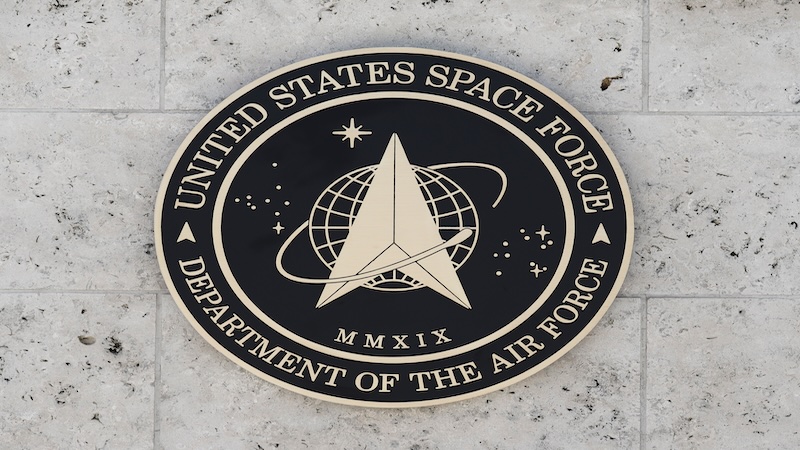
It’s widely recognized that innovation isn’t the Federal government’s strong suit – especially at the Pentagon – but change is not impossible.
To facilitate this shift, Gen. Chance Saltzman, chief of Space Operations at the U.S. Space Force, suggests the government must break free from its “new-old” mentality and embrace a “new-new” approach.
“The government does not innovate very well. Some of that is because of the way we forecast and plan our budget … But I think the biggest problem we face is that the system is designed to create new-old; new versions of old capabilities,” Saltzman said today during his keynote session at the Google Public Sector Summit.
Saltzman explained that historically, the Defense Department – and the Federal government as a whole – has operated with a “new-old” mentality toward innovation, focusing on redeveloping legacy systems and technologies into newer versions. While this approach is seen as a less risky way to enhance capabilities and responsibly use funding, it hinders much-needed innovation.
“What we need is a ‘new-new’ mentality,” Saltzman said, adding that this mindset creates space for innovation, allowing agencies to introduce novel solutions to address emerging challenges.
Breaking from this mindset is even more critical for the U.S. Space Force, according to Saltzman.
The U.S. Space Force, established on Dec. 20, 2019, is the newest branch of the U.S. military, focused on organizing, training, and equipping personnel for space operations. But over the last few years – in large part because of the current threats in the space domain – the Space Force is evolving to protect capabilities in orbit, shifting from merely maintaining access to space to actively controlling the domain.
“It used to be that all we needed to do was maintain access to the space domain, and then be able to exploit it for all the advantages it offers … but that domain [has] become contested, and the force that we have in place is no longer effective, because now we have this third core function that’s required. We must be able to control the domain,” Saltzman said. “[We have to] protect what we have and deny an adversary the use of capabilities in space against our joint force.”
But to control the space domain, “you have to be able to innovate,” he said.
Additionally, Saltzman explained that part of the “new-old” problem is that it offers officials a less risky option to enhance what the military and other agencies have at hand.
“The system is skewed to give you ‘new-old.’ But when we recognize that you really need ‘new-new,’ something that’s a break from the tradition … then you get this [risk] problem,” Saltzman said. “Is the industrial base engineered to support you? What’s the concept of operations? How will you use it? Do you have the expertise you need to operate in this new way? When the answers come up short in any of those questions, it sounds like risk, and nobody in the government wants to do risky things with taxpayer dollars.”
Risk aversion within the system, he explained, “is designed to give you the ‘new-old,’ not the ‘new-new.’”
This is where effective leadership is crucial, particularly leaders who recognize the urgency for innovation in national security and government, he added.
“Innovation inside the government is not impossible … We have to be clear in testing our assumptions and figure out what we’re trying to do and put it in terms that doesn’t sound like change is inherently risky,” Saltzman said. “We’re already experiencing risk because we’re not willing to change … only by changing can we start to really mitigate the risk that we face.”
